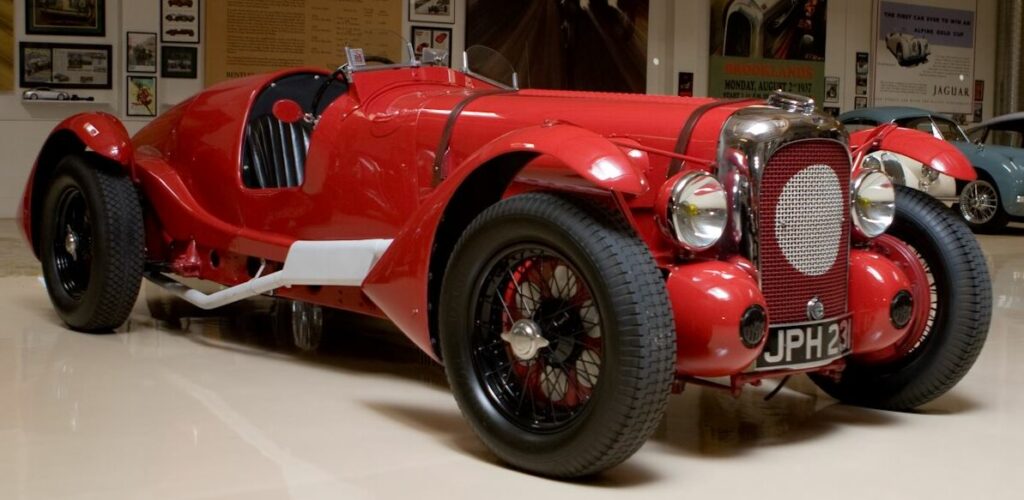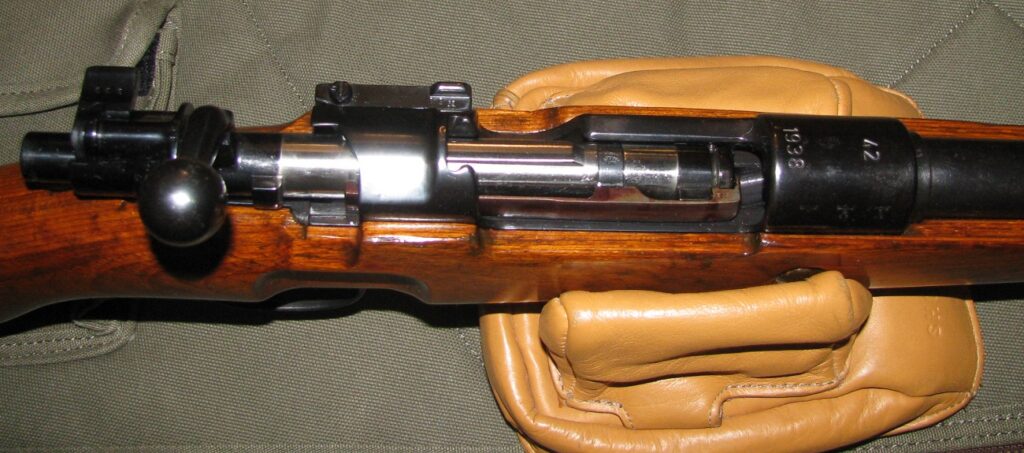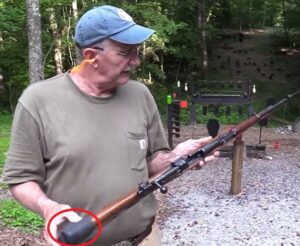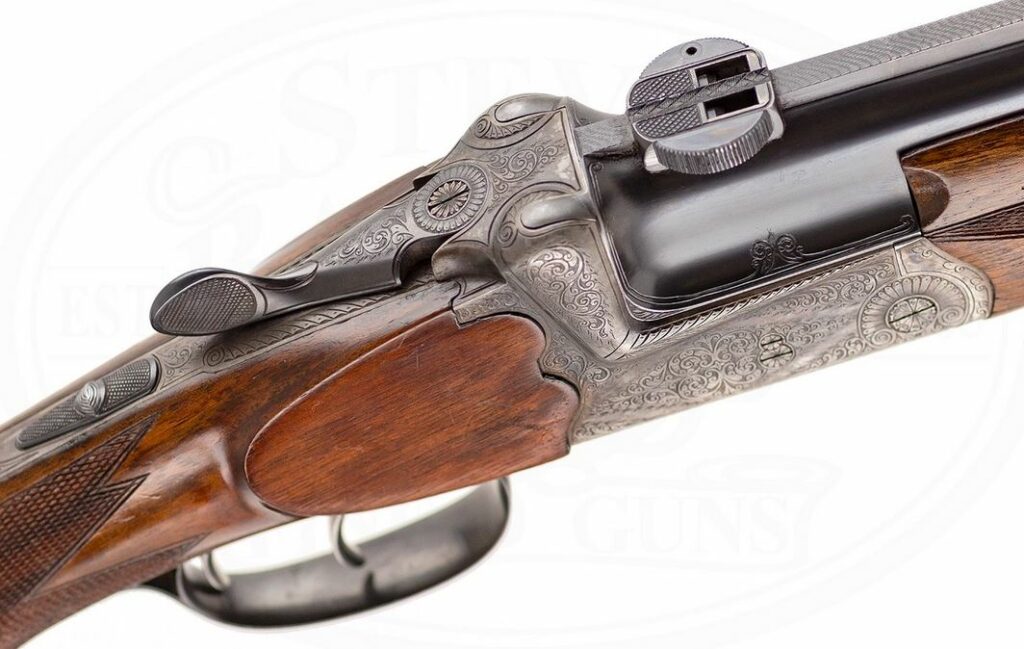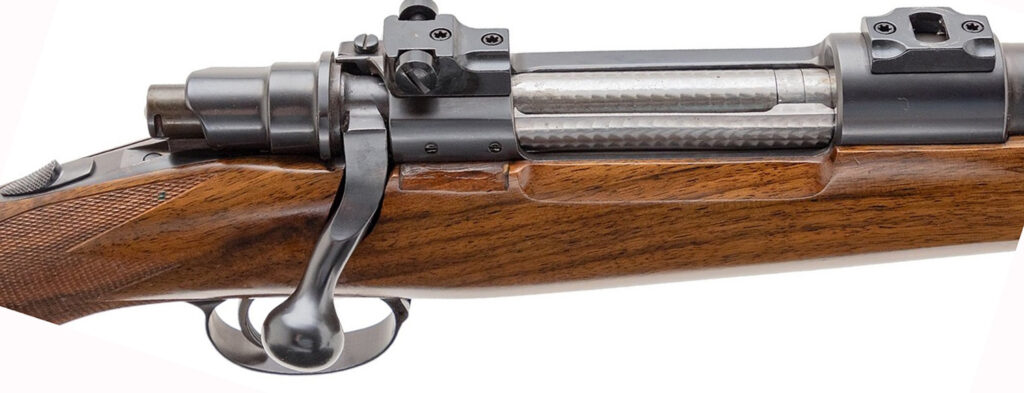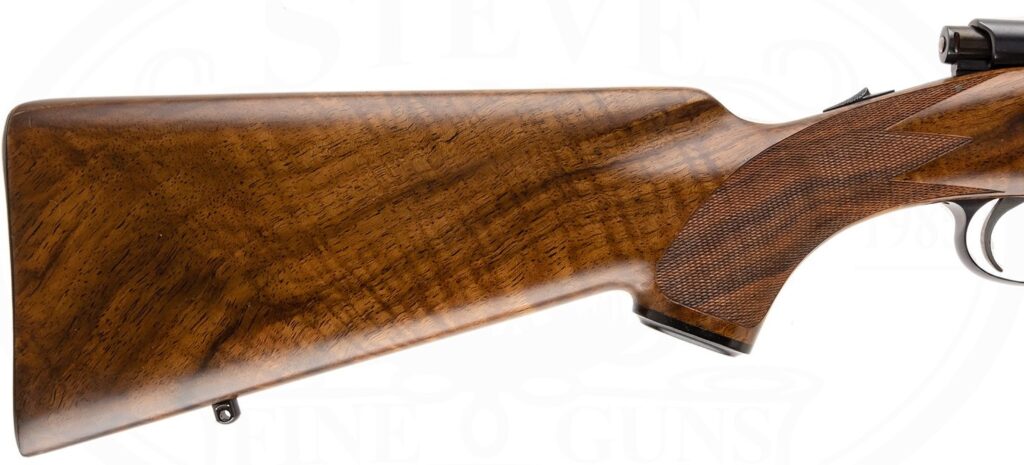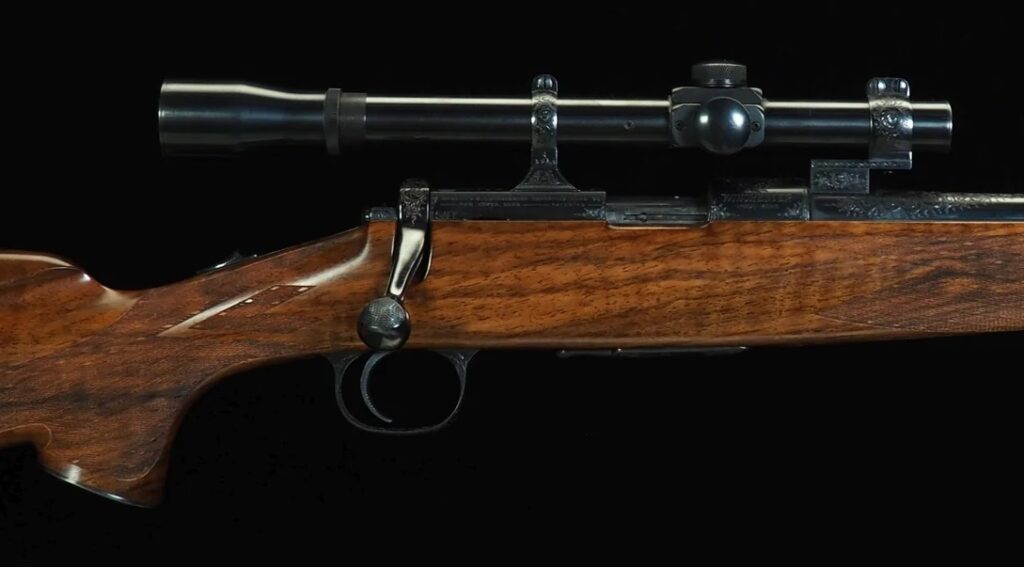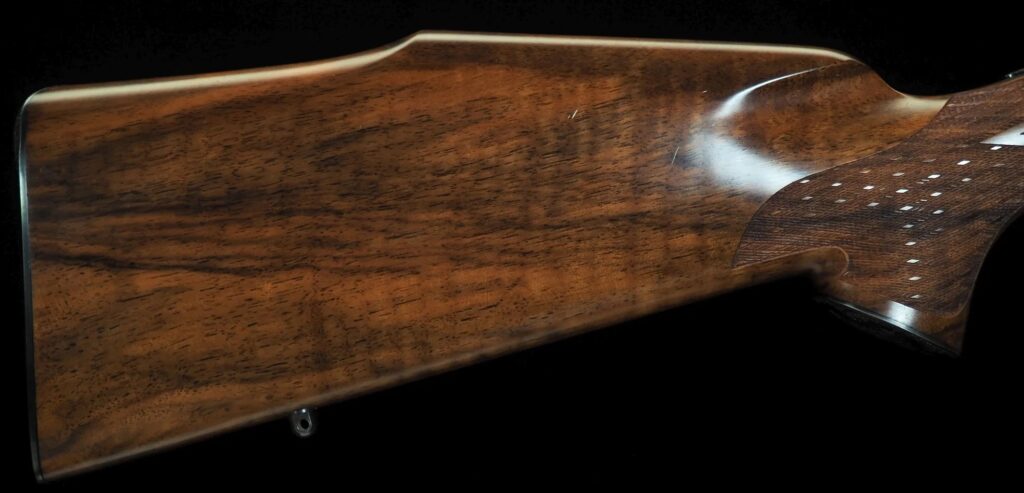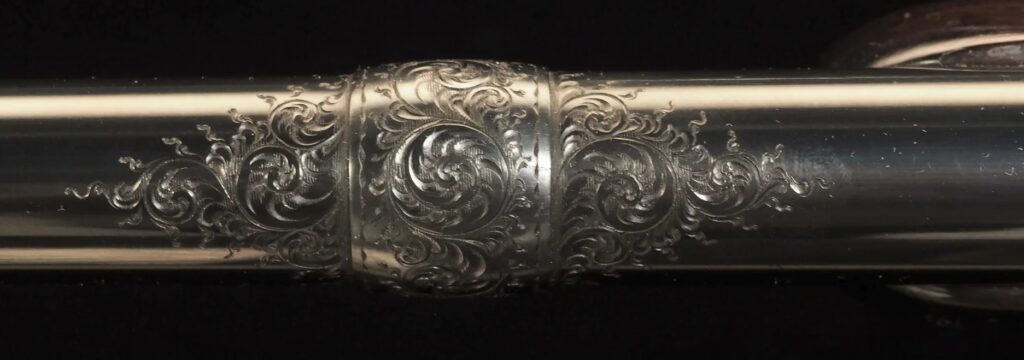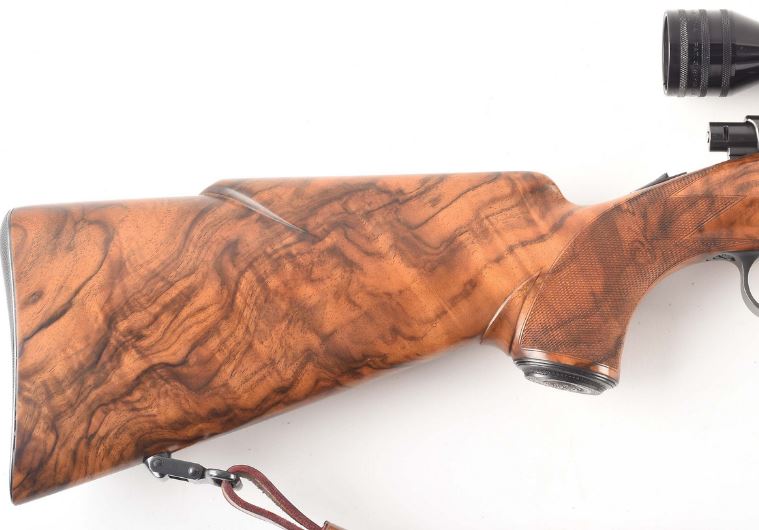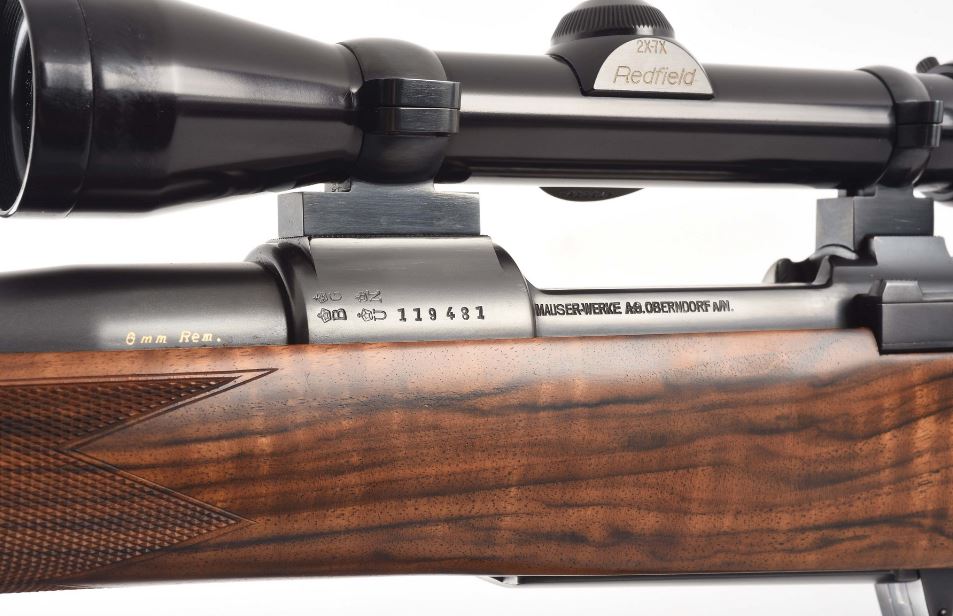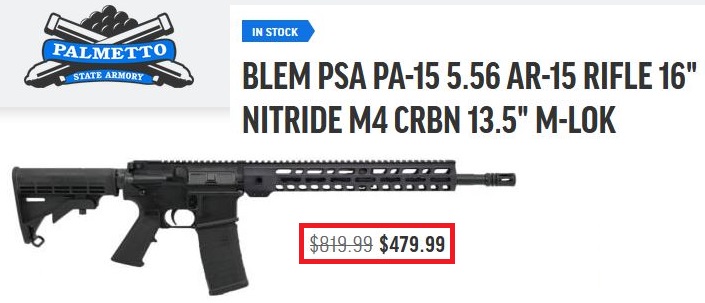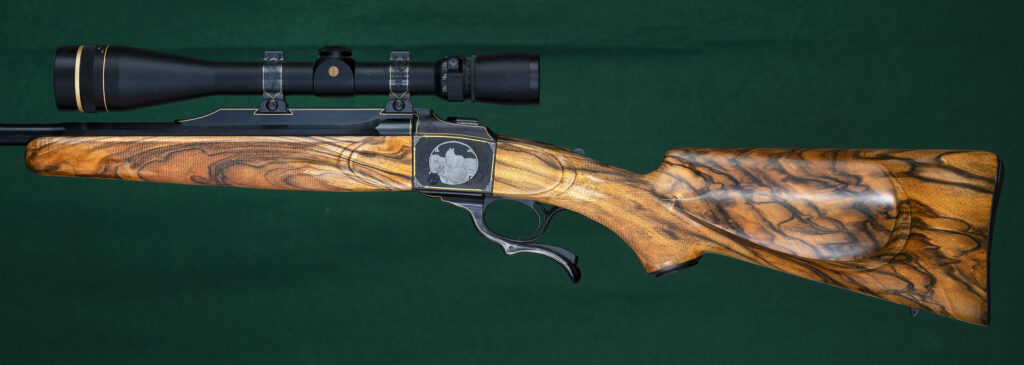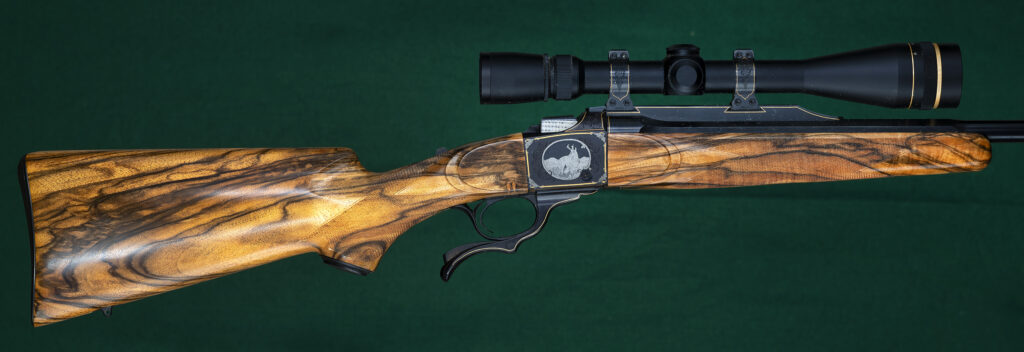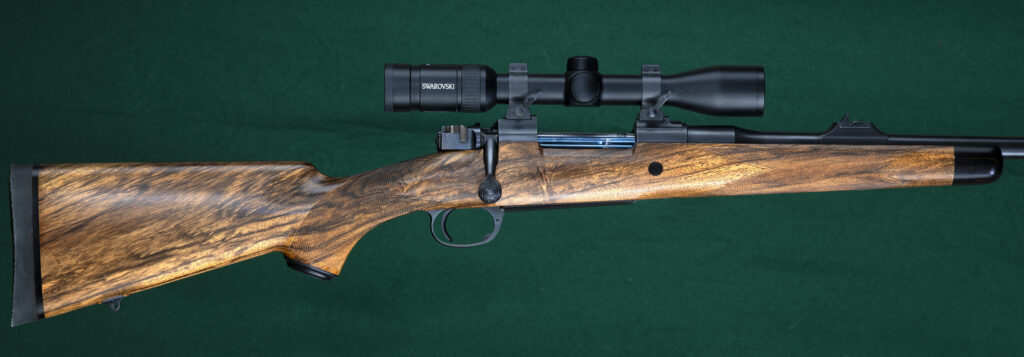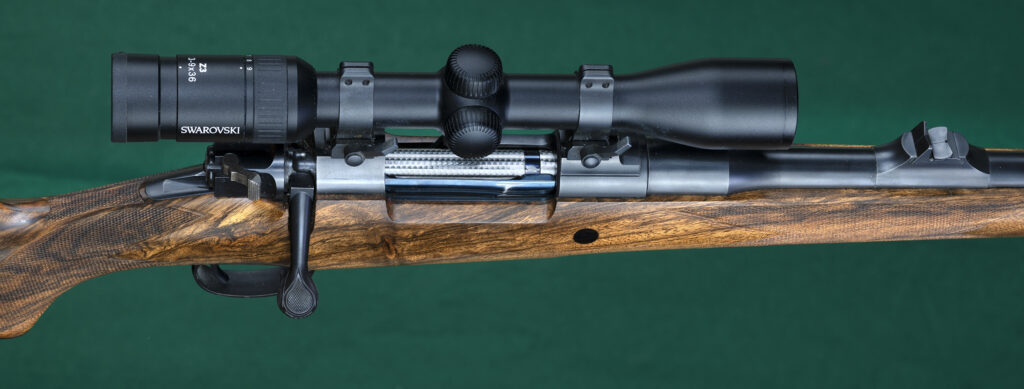Here’s something I’ve noticed recently during my ahem occasional visits to the range.
A guy will come in with a gun bag containing an AR-15, take the gun out and then spend a few minutes fiddling with the thing — adjusting the scope (most commonly), tightening screws and so on, all before getting down to business. I’m not talking about loading up, although it’s beyond me why someone would arrive at the range with unloaded mags and then spend a few precious (and expensive) minutes pushing cartridges into the mag when he should be shooting.
I don’t know if I’ve ever taken more than a minute, tops, between arrival at the bay and the first shot sent on its way.
I’m also not talking about guys who have arrived specifically to zero in a scope, or test something, by the way. I know the difference between that and a shooting session.
But one of the things I want to practice most is how long (or little time) it takes me to get going. And if I’m practicing with my carry gun, that first round is on its way in seconds, not minutes.
A couple of weeks ago, a guy showed up with a pistol bag. He sent his target out to 10 yards, opened the bag, took out his gun (Glock) and started shooting. No buggering around at all. He fired off four mags, checked his (very acceptable) grouping, put his gun away and left. Total time taken: about 20 minutes. Perfect.
My sessions take a tad longer, but that’s only because I typically shoot off more than sixty rounds, and have to change mags more often.
One other thing I’ve become aware of is how often people’s guns seem to be breaking down — once again, I’m not talking about a simple failure-to-feed, but something that requires getting the screwdriver out. (Nobody is immune to a breakdown, of course; I documented my own experience with my S&W Mod 65 a little while ago.) But other than that occasion, I would have to really search my memory to remember when last something like that happened to me at the range.
Nowadays? Guys let three or four rounds go, then down goes the gun and out come the tools.
This is one of the reasons why I like my guns simple: they have to work without any fuss or tinkering, right out of the bag or holster. Anything less, and I lose confidence in the thing and start thinking about a replacement.
So I’m seeing people coming to the range, but very little actual shooting practice seems to be taking place.
Has anyone else noticed this?
